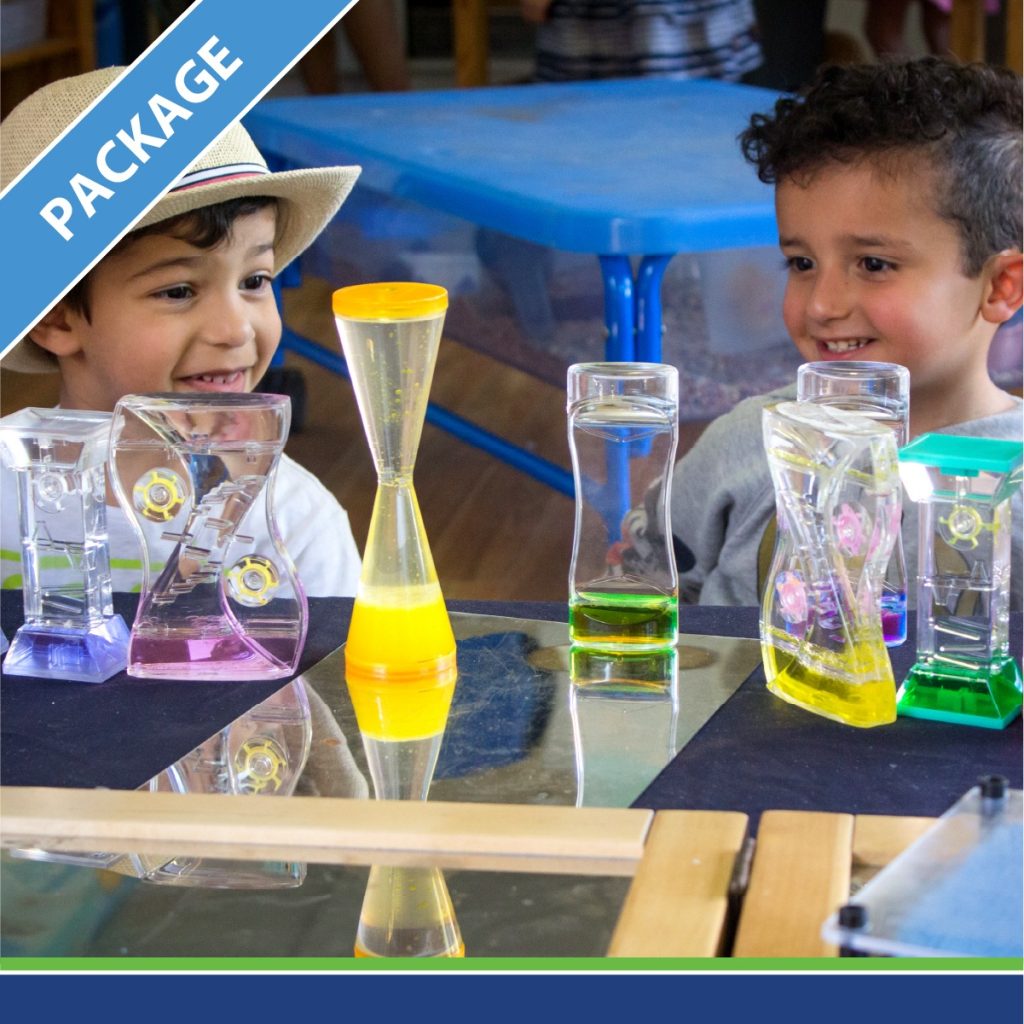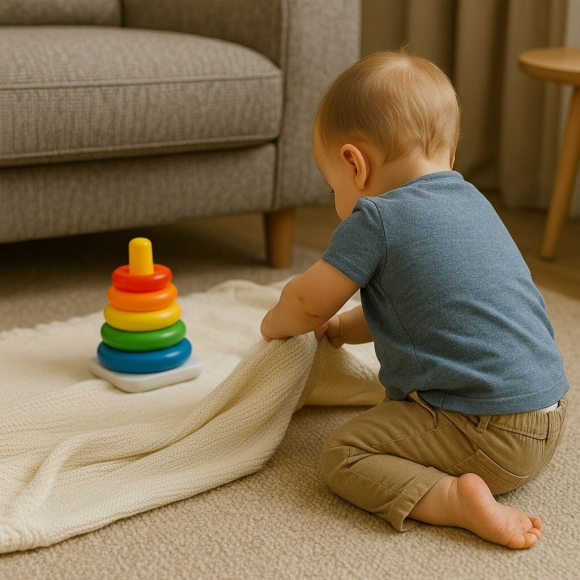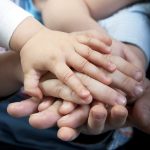Did you know that when a child pulls on a blanket to bring a toy within reach, tests different ways to make their cars go faster down a ramp, or figures out how to transport water across the sandpit without spilling it, they’re actually demonstrating engineering thinking?
A recent study, titled Situating engineering within the Australian pre-tertiary education system (Cohrssen et al., 2025), has revealed that while engineering isn’t explicitly mentioned in the Early Years Learning Framework V2.0 (EYLF V2.0) (AGDE, 2022), the behaviours and thinking processes that define engineering are woven throughout early childhood experiences. This matters more than you may think because engineers are ‘the creators who bridge imagination and reality, making the innovations that shape our collective future’ (Engineers Australia, 2024).
Australia’s engineering challenge
Australia currently faces a critical shortage of engineers. We need three times more engineering graduates than are currently graduating and we rely heavily on skilled engineers moving to Australia to fill the gap. With 25,000 qualified engineers forecast to retire by 2026 (Consult Australia & Engineers Australia, 2024) and rapid advances in technology creating a growing demand for engineers, we desperately need more people choosing engineering careers.
Research shows that only 21% of women currently working in engineering had considered it as a career before senior secondary school (Engineers Australia, 2022), which shows that we’re missing crucial opportunities to spark interest in engineering in the early stages of children’s learning journeys.
What is engineering?
Engineers are people who ‘create technology solutions to solve problems using mathematics and science to understand the problem, design and improve the solution’ (McKinnie, 2021, p.1).
This is where it gets interesting for us in early childhood education. Engineering isn’t just about mathematics and science—it’s about innovation, creativity, ethical thinking, communication and collaborative problem-solving. Sound familiar? These are exactly the capabilities we’re already fostering in our early childhood settings.
Young children are natural engineers
Cohrssen et al. (2025) identified five key engineering behaviours that children naturally demonstrate in their play:
- asking questions or stating goals (‘I want to make the water go over there’)
- explaining how things work (‘The ramp needs to be higher to make the cars go faster’)
- constructing things (building with blocks, creating with loose parts)
- solving problems (working out why their structure keeps falling down)
- evaluating their work (testing whether their solution actually works).
Do these behaviours ring a bell? You will see them in the EYLF V2.0 Learning Outcomes 4 (Confident and involved learners) and 5 (Effective communicators) (AGDE, 2022).
When you look at the EYLF V2.0 through an engineering lens, you’ll notice that engineering-related concepts appear frequently: problem-solving appears eight times, technology appears eight times, and mathematics and mathematical thinking appears six times. Children naturally integrate mathematical and scientific thinking to solve engineering problems during play.
Why this matters for your practice
Understanding that children are natural engineers and looking for evidence of engineering thinking in children’s play can transform how you observe, document and extend their learning. For example, instead of seeing block play as simply building things or an opportunity for social interaction, you can notice and respond to the engineering thinking happening. Makerspaces—learning areas set up with a range of tools and materials like recycled items, craft supplies, simple construction materials like cardboard boxes and tubes, objects for threading and sticking—are increasingly popular. Research suggests that makerspaces are particularly valuable in early childhood settings because they provide opportunities for children to engage in the trial-and-error, experimental thinking that characterises engineering work (Hatzigianni et al, 2021). These spaces give children permission to tinker, test, fail and try again—all essential elements of engineering practice. Encouraging children to tell you what they have in mind can help you identify their engineering thinking.
The role of questioning
Here’s something that might make you reflect on your own practice: educators and teachers often ask children closed questions. These are questions that simply require a child to recall, or questions that can be answered with one word. However, open-ended ‘why’, ‘how’ and ‘what if’ questions are much more effective at promoting the higher-order thinking—analysing, synthesising and evaluating—that engineering requires to solve problems. When children use engineering thinking, they’re more likely to use complex vocabulary, construct longer sentences and demonstrate sophisticated cognitive skills. Your questioning could support this development.
Looking forward
Cohrssen et al. (2025) argue that better vertical alignment between early childhood and school curricula would ensure engineering learning builds cumulatively. While engineering appears in the Australian Curriculum, it’s often in optional curriculum elaborations rather than core content, meaning many children miss out on systematic engineering education.
This makes our role in early childhood education even more crucial. We are not just laying foundations for literacy and numeracy—we’re potentially inspiring the next generation of engineers who may solve climate change, design sustainable cities or create technologies we can’t yet imagine.
Chances are you’re already encouraging children’s engineering thinking. Now it’s about being more intentional about recognising, documenting and extending these natural engineering behaviours.
The children are ready—are you?
Acknowledgement: ChatGPT 5.0 was used to generate a draft, plain language summary of the original open access academic paper, Situating Engineering within the Australian pre-tertiary education system by Caroline Cohrssen, Cristina Guarrella, Kristen Hebden, Fran Quinn and Thas Nirmalathas. The draft was then refined to develop this article. ChatGPT 5.0 was also used to generate an image to illustrate the article.
References
Australian Government Department of Education (AGDE). (2022). Belonging, being & becoming: The Early Years Learning Framework for Australia V2.0. Australian Government Department of Education for the Ministerial Council. https://www.acecqa.gov.au/sites/default/files/2023-01/EYLF-2022-V2.0.pdf
Cohrssen, C., Guarrella, C., Hebden, K., Quinn, F., & Nirmalathas, A. (2025). Situating engineering within the Australian pre-tertiary education system. The Australian Educational Researcher. https://doi.org/10.1007/s13384-025-00880-y
Consult Australia & Engineers Australia. (2024). Business Guide: Improving access to global engineering skills. https://www.engineersaustralia.org.au/sites/default/files/2025-03/business-guide-improving-access-global-engineering-skills.pdf
Engineers Australia. (2022). Women in engineering. https://www.engineersaustralia.org.au/sites/default/files/2022-07/women-in-engineering-report-june-2022.pdf
Engineers Australia. (2024). Engineering. Making life happen. https://www.engineersaustralia.org.au/engineering-making-life-happen
Hatzigianni, M., Stevenson, M., Falloon, G., Bower, M., & Forbes, A. (2021). Young children’s design thinking skills in makerspaces. International Journal of Child-Computer Interaction, 27, 100216. https://doi.org/10.1016/j.ijc.2020.100216
McKinnie, S. (2021). Engineering in the Australian curriculum. Engineers Australia. https://www.engineersaustralia.org.au/sites/default/files/2025-07/engineering-in-the-australian-curriculum.pdf

ECA Recommends: STEAM – Science, Technology, Engineering, Arts and Mathematics professional learning package
This professional learning package is designed as a starting point for educators to learn more about the STEAM curriculum areas of science, technology, engineering, arts and mathematics.











